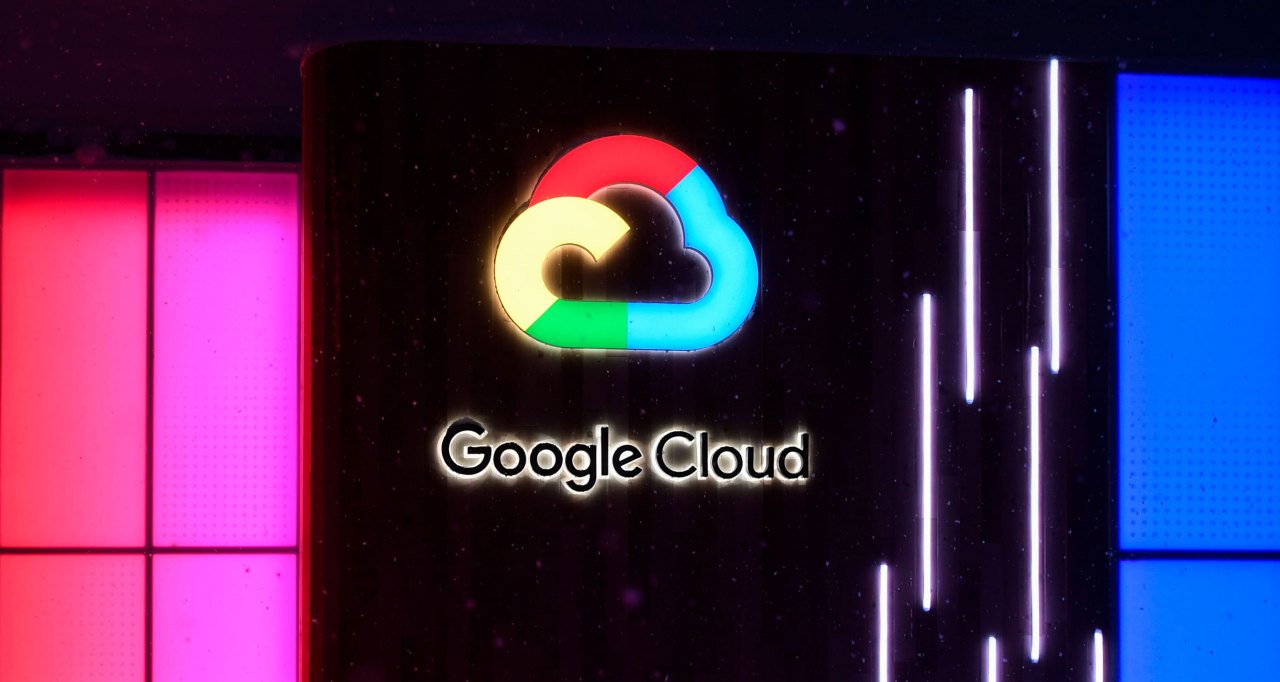The race for supremacy in artificial intelligence has spurred tech giants to push boundaries, and Google is making a significant leap with the upcoming launch of its A3 GPU supercomputer. Set to become generally available next month, this state-of-the-art infrastructure harnesses the might of Nvidia’s H100 GPUs, aiming to redefine what is achievable in machine learning and generative AI. As we dig deeper into this development, we’ll explore the implications for AI training and deployment, as well as what sets the A3 apart from its predecessors.
Introducing the A3 GPU Supercomputer
Google Cloud’s A3 supercomputer is designed specifically to cater to the demanding needs of generative AI and large language models. Leveraging Nvidia’s powerful H100 GPUs—priced over $30,000 each and often back-ordered due to overwhelming demand—and the tech giant’s proprietary 200 Gbps Infrastructure Processing Units (IPUs), the A3 promises to deliver unparalleled performance in the AI domain.
Advanced Architectures for Exceptional Performance
So, what makes the A3 supercomputer an exciting development? Let’s break it down:
- **Remarkable Scale**: With the potential for up to 26 exaflops of AI performance, the A3 promises extensive computational capability that could revolutionize how developers and enterprises approach complex AI tasks.
- **Optimized Bandwidth**: Thanks to the custom IPUs, users can expect up to 10 times the network bandwidth compared to previous-gen A2 machines, allowing for smoother and faster data transfers during training and inference.
- **Purpose-Built for Generative AI**: Mark Lohmeyer, VP and GM for computer and ML infrastructure at Google Cloud, emphasizes that the A3 is tailored for scalability and efficiency in tuning, training, and serving AI applications, particularly those that require significant computational resources.
Challenges and Considerations Ahead
However, the launch of the A3 is not without challenges. Given the existing backorder situation for Nvidia’s H100 GPUs, it remains to be seen whether Google Cloud can keep pace with demand at a time when organizations are racing to adopt generative AI technologies. Potential users will need to weigh the pros and cons of investing in this new infrastructure. Factors to consider include:
- **Cost vs. Benefit**: Organizations must assess whether the significant investment in A3’s capabilities aligns with their specific AI initiatives and potential ROIs.
- **Competitive Landscape**: As more players enter the market with their own advanced AI solutions, it may become increasingly difficult for companies to carve out unique positions in this fast-evolving ecosystem.
- **Integration**: The effectiveness of the A3 will also depend on how well it can be integrated into existing workflows and systems within different organizations.
Conclusion: The Future of AI with Google’s A3 Supercomputer
As the advent of the A3 supercomputer approaches, it’s clear that Google Cloud is positioning itself at the forefront of AI innovation. With advancements like the A3, the conversation around AI’s potential is evolving rapidly, promising improvements in everything from natural language processing to advanced image generation. For industries eager to leverage these capabilities, the A3 offers a tantalizing glimpse into the future of intelligent systems.
At fxis.ai, we believe that such advancements are crucial for the future of AI, as they enable more comprehensive and effective solutions. Our team is continually exploring new methodologies to push the envelope in artificial intelligence, ensuring that our clients benefit from the latest technological innovations.
For more insights, updates, or to collaborate on AI development projects, stay connected with fxis.ai.

